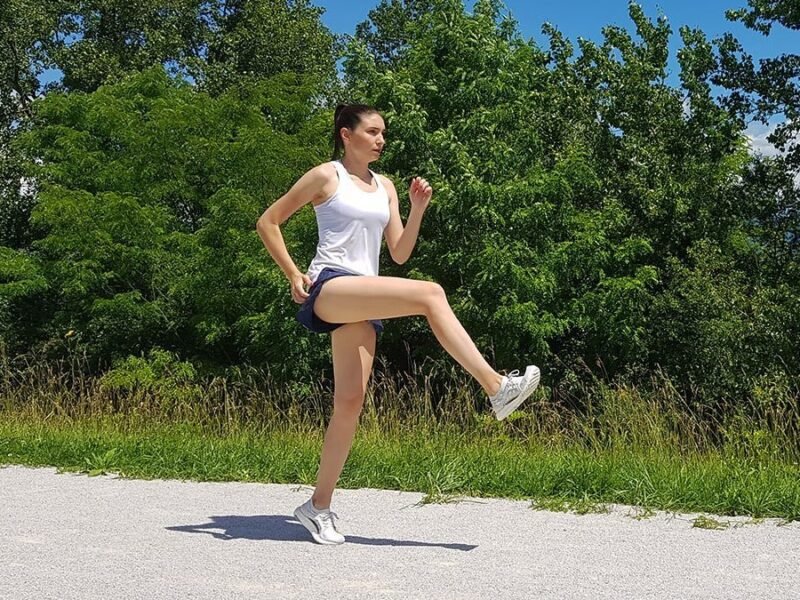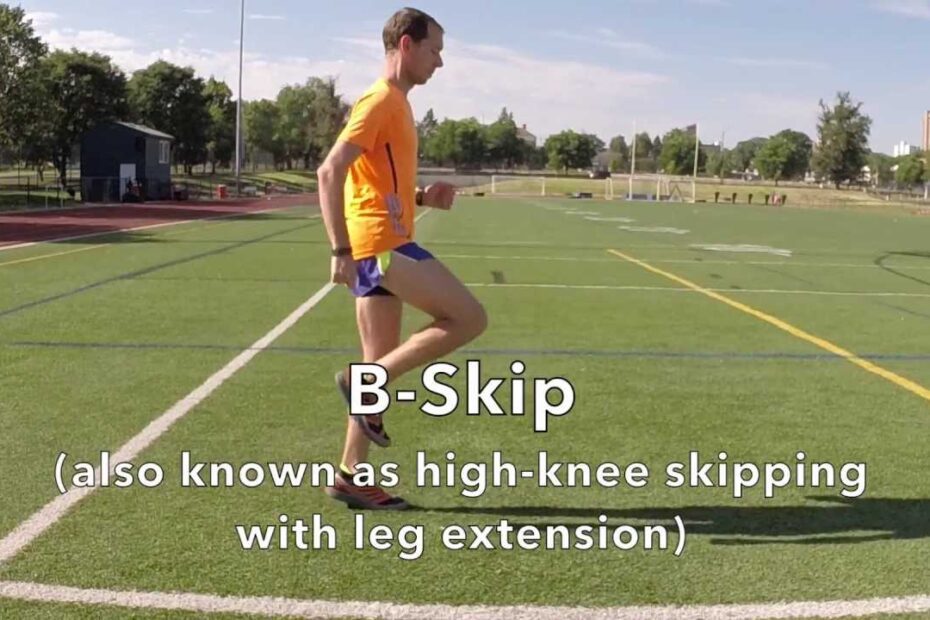To skip a class, start by planning ahead and thinking about what classes you can afford to miss without hurting your grades. If possible, try to talk with the professor beforehand so they know why you will be missing the class. Then make sure that you have all of the notes from previous lectures so that you don’t fall behind in your studies.
On the day of skipping, remember to turn off any distracting devices like phones or laptops and focus on utilizing other resources such as online lecture materials or extra study time instead. Additionally, consider meeting up with classmates who are attending class and asking for notes so that when you return back for next week’s lesson, it won’t feel like too much information was missed out on. Finally, if there is an upcoming test or quiz associated with this subject matter, take some additional time outside of class to review material and prepare accordingly.
- Determine what you need to skip
- Before attempting to skip anything, it is important to determine exactly what needs to be skipped and why
- For example, if you are trying to avoid a class or an event, there may be different strategies needed than if you are trying to avoid a conversation or meeting with someone
- Plan your strategy for skipping the task at hand
- Once you have determined what needs to be skipped, think of ways that will allow you do so without causing too much disruption or harm in the process
- Consider whether there are any consequences associated with skipping and plan accordingly from there – some tasks cannot be skipped entirely but can instead be delegated or rearranged in order for them not take up as much time and energy as originally planned for instance
- Set realistic expectations about the outcome of your decision
- It is important not only consider how best approach skipping something but also how successful this attempt will likely turn out in terms of achieving your desired outcomes – this means setting realistic goals based on the situation at hand and weighing up potential risks versus rewards before taking action 4
- Take action when ready
- When comfortable with both the task that needs avoiding as well as potential outcomes associated with doing so , then commence by executing whatever plan has been put into place
- This could involve sending emails/texts informing people involved of changes , declining invitations etc

Credit: www.olyrun.com
What is the Point of B Skips?
B skips are an important exercise for any athlete or fitness enthusiast. They build coordination, agility and speed while also increasing muscular endurance and strength. B skips involve using a skipping rope to perform continuous vertical jumps from one foot to the other in a forward motion.
The movement involves performing multiple hops on each leg, with the aim of keeping your feet close together whilst pushing through with each jump. This action requires great core stability and body control as it’s important not to lose your balance during this exercise. It can be done at varying speeds depending on your level of fitness – either slowly for beginners or faster if you want to increase intensity levels.
B Skips offer many benefits including improving cardiovascular health, building explosive power and burning calories amongst others; they are a great way to add variety into any workout routine and spice up gym sessions!
How Do You Run a Skip?
Running a skip can seem daunting, but with proper preparation and organization it can be an easy task. To start, you’ll need to purchase the right equipment for your job. This includes a skip bin, appropriate lifting tools like straps or chains, as well as safety gear such as goggles and gloves.
Once you have all the necessary supplies in place, you’re ready to begin! First off, plan out where you will put the skip bin ahead of time so that it is easily accessible when needed. You may also want to consider any potential hazards or obstacles in your area that could interfere with efficient loading and unloading of waste materials into the skip.
Next up is filling up the bin – this usually involves breaking down large items into smaller pieces if possible before carrying them over to the container and placing them inside safely using either straps or chains depending on their size or weight. Finally, once full make sure everything is properly secured by covering it with a tarpaulin sheet before having it collected by your designated service provider. Following these steps should ensure that running a skip goes smoothly without any hiccups along the way!
What’S the Difference between a Skips And B Skips?
A skip is a type of container used for storing and transporting waste materials. B skips, on the other hand, are larger than traditional skips and can hold up to twice as much waste. This makes them ideal for large-scale projects such as construction sites or landscape gardening.
They also come with additional features like doors or lids which make them easier to load and unload. In addition, they’re better suited for collecting heavier items such as bricks, soil or metal scrapings due to their increased capacity and sturdier build quality. Ultimately, the decision between using a skip or a B skip depends on your individual needs; if you need extra capacity then a B skip will likely be the more suitable choice.
What is the Difference between A And B Skip?
A skip and a B skip are two different types of skips used in dance. A skip is a basic step where one foot travels forward, and the other moves backward to meet it in a crossed position. The weight is then shifted from one foot to the other as you repeat this process, creating an alternating pattern that can be done across the floor or around the room.
A B skip is similar but involves tap-like steps with both feet at once – one taps forward while the other taps back. This creates a unique sound and allows for more complex patterns compared to an A skip. The difference between these two types of skips lies mainly in their sound, feel and form; they are both useful tools when it comes to learning dances and performing routines!
How To B Skip | Chari Hawkins
How to a Skip
Skipping is an excellent form of exercise that can be done almost anywhere. It’s a great way to get your heart rate up and work on coordination, balance, and agility. To skip properly, start by jogging in place while swinging your arms back and forth.
Jump off the ground with both feet at the same time and bring one knee up towards your chest before landing on the opposite foot from where you started. Keep repeating this pattern until you reach your desired intensity or duration for your workout!
B-Skip Benefits
B-Skip provides businesses with a number of advantages that can help to streamline their shipping operations. B-Skip utilizes modern technology such as barcode scanning, intelligent routing algorithms and real-time tracking to provide customers with cost savings on both time and money. This allows customers to track their orders in transit, receive automated updates at various stages of the shipment’s journey and access detailed reports related to inventory management.
Additionally, B-Skip helps companies reduce errors by automating paperwork processes such as labeling and documentation, leading to improved customer service standards throughout the entire supply chain.
A Skip Drill Purpose
The skip drill is a type of basketball drill designed to improve the footwork and agility of players. This drill focuses on jumping, skipping, and changing directions quickly while dribbling the ball. It also helps with coordination, balance, body control and conditioning.
The goal of this exercise is for players to be able to move around the court as quickly as possible without losing possession of the ball or their footing; it can help make them more effective offensive threats by increasing their speed and agility when attacking opponents off the dribble.
A Skips Benefits
A skip is a great way to dispose of large amounts of waste in an efficient and cost-effective manner. As well as being extremely convenient, it can also offer a range of benefits for both businesses and individuals alike. Skips can save time and effort by eliminating the need for multiple trips to the recycling centre or council dump, while ensuring that all waste is disposed of responsibly.
Additionally, due to their size, skips are capable of holding larger volumes than other disposal methods such as bins or bags; this makes them ideal for those who need to get rid of large quantities quickly. Furthermore, using a skip may be more economical in some cases since they often require no additional charges like tipping fees at disposal sites.
Conclusion
This blog post gives a great introduction to the basics of skip counting. It provides an explanation as to why it is important and how it can help with other math concepts. It also offers plenty of tips on how to get started and make learning fun for kids.
With these tools, kids will be well-equipped for mastering their multiplication tables or any other math task that requires skip counting skills. All in all, this blog post is a great resource for parents looking to give their children a head start in mathematics!
- The Power of Mobile Accessibility And Real-Time Tracking for Trucking Operations - November 6, 2024
- Why Ease of Use is Crucial in Trucking Dispatch Software - September 22, 2024
- Better Communication With Dispatchers: How Trucking Dispatch Software Can Optimize Operations - September 7, 2024

